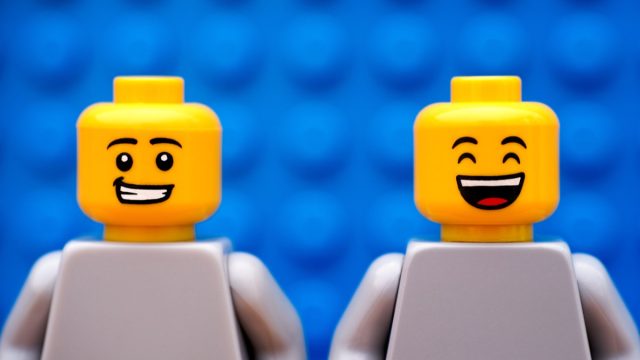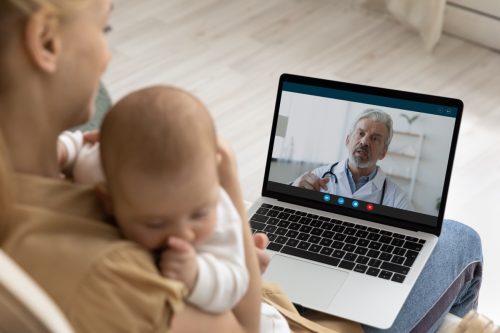6 Doctors Swallowed Lego Heads for Science—Here's What Happened Next
One doctor had a surprising result.

Anyone who's spent time around very young children knows that a large part of the job is preventing them from putting inedible objects in their mouths and potentially swallowing them. Sometimes, it's a futile task. Which raises certain questions, such as: How long will it take for something that shouldn't have gone in to come out? To answer that, in 2018 six pediatricians swallowed a Lego head and waited for the plastic piece to pass through their gastrointestinal systems.
The doctors then reported their findings in a paper published in the Journal of Pediatrics and Public Health, which "went viral in a way that papers published in the Journal of Paediatrics and Child Health usually do not," Defector said in a recent oral history of the experiment. Read on to find out how the experiment went down, and why one doctor had a surprising result.

"All of us in our work in pediatrics, and certainly a pediatric emergency, had met these parents, who, after a month, would bring their child and say, "I've checked through every single one of my kids' posts for a month, and I can't find this thing," said Queensland, Australia, pediatrician Dr. Henry Goldstein. "That's yuck! And it's classic. It's just what caring, loving parents do, who are very, very worried."

"We know that number one ingested foreign body in children are coins," said emergency physician Andrew Tagg. "They put them in their mouths just see what happens. Number two was plastic toys." "I had definitely swallowed a Lego as a child. I thought, well, there's no real data about how long it takes Lego to go through. There's data about how long it takes coins to go through. It'd be really interesting to see how long it took to go through. I wondered if I could convince some of my friends to take it."

Tagg turned his query into a post for the pediatricians' blog Don't Forget the Bubbles. He and his fellow bloggers undertook the study with the goal of being mentioned in the Christmas edition of BMJ—a kind of medical Onion that compiles the world of medicine's most quirky and amusing stories of the year.
The doctors hashed out the protocol for the study. "We would swallow them at a particular time," said Goldstein. "We would do a stool diary, sort of, for three days in advance, to see if the Lego head would change our pattern of stooling."

"I came up with the acronyms kind of on the spot, about the Stool Hardness and Transit test and the Found and Retrieved Time," said Goldstein. He added: "I don't think anyone specifically went out to buy Lego heads to find which was the tastiest looking one to have.
It was much more of a case of which head had the best-looking face to swallow. You want one that looks kind of shocked and scared as it goes down."

The doctors swallowed the Lego heads at the same time in the morning and recorded what happened. None of them experienced serious gastrointestinal pain or problems. They proceeded to the unsavory part of the experiment—collecting and examining their stool for signs of the swallowed plastic pieces.
Five of the six doctors located the Lego heads within days. The sixth never did, but that may be due to his own lack of diligence, he admitted. "It turns out my colleagues did a proper, like, break open the poo and see if it was there. Clearly I'd not been that enthusiastic or that diligent. I kind of looked at it, maybe prodded it around, but I certainly wasn't going to open up the poo to see if it was inside."

Unfortunately, the doctors didn't realize their goal of being published in the Christmas BMJ. "The BMJ said no outright," said Goldstein. "They don't allow self-experimentation," explained pediatric emergency specialist Dr. Tessa Davis.














